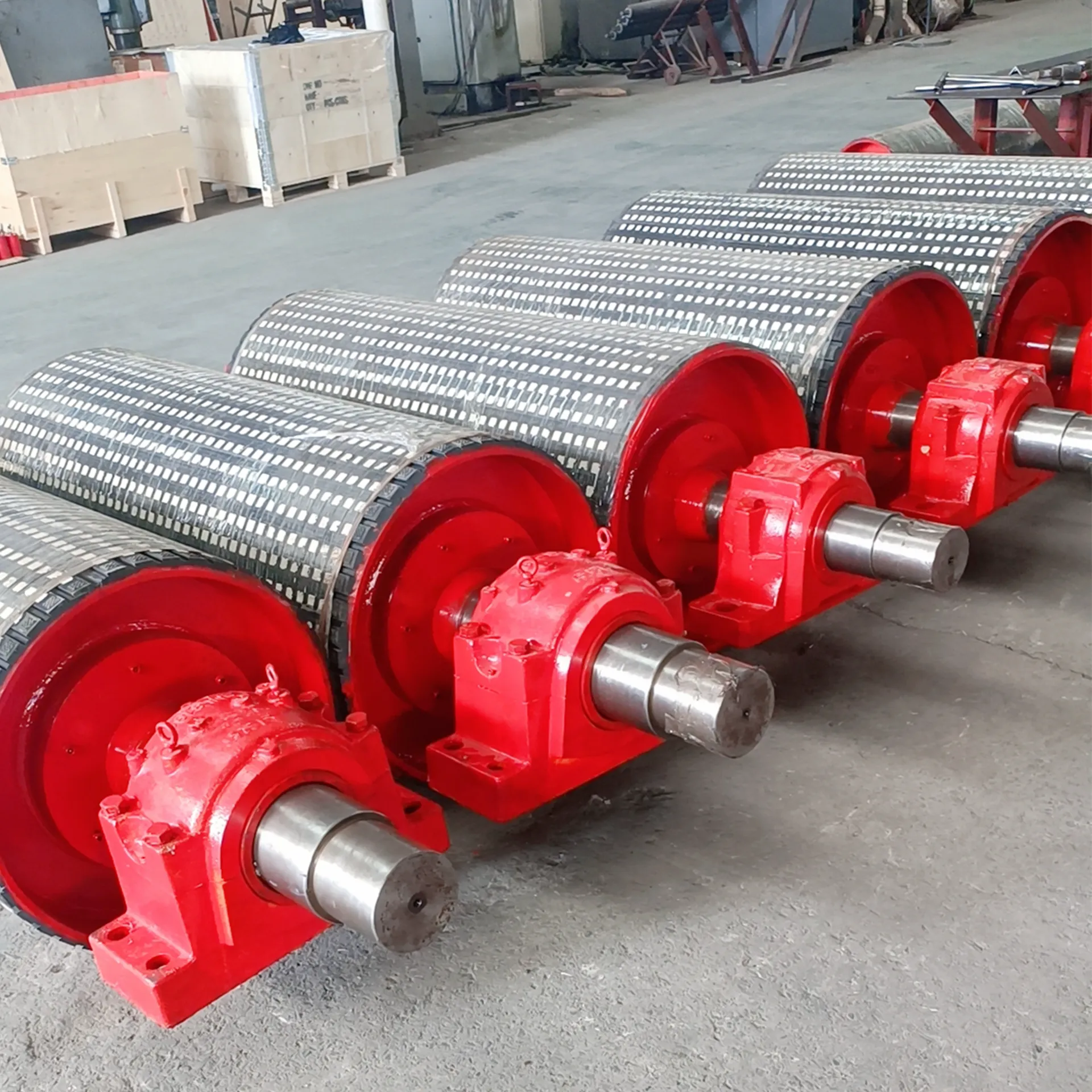 Afrikaans
Afrikaans  Albanian
Albanian  Amharic
Amharic  Arabic
Arabic  Armenian
Armenian  Azerbaijani
Azerbaijani  Basque
Basque  Belarusian
Belarusian  Bengali
Bengali  Bosnian
Bosnian  Bulgarian
Bulgarian  Catalan
Catalan  Cebuano
Cebuano  Corsican
Corsican  Croatian
Croatian  Czech
Czech  Danish
Danish  Dutch
Dutch  English
English  Esperanto
Esperanto  Estonian
Estonian  Finnish
Finnish  French
French  Frisian
Frisian  Galician
Galician  Georgian
Georgian  German
German  Greek
Greek  Gujarati
Gujarati  Haitian Creole
Haitian Creole  hausa
hausa  hawaiian
hawaiian  Hebrew
Hebrew  Hindi
Hindi  Miao
Miao  Hungarian
Hungarian  Icelandic
Icelandic  igbo
igbo  Indonesian
Indonesian  irish
irish  Italian
Italian  Japanese
Japanese  Javanese
Javanese  Kannada
Kannada  kazakh
kazakh  Khmer
Khmer  Rwandese
Rwandese  Korean
Korean  Kurdish
Kurdish  Kyrgyz
Kyrgyz  Lao
Lao  Latin
Latin  Latvian
Latvian  Lithuanian
Lithuanian  Luxembourgish
Luxembourgish  Macedonian
Macedonian  Malgashi
Malgashi  Malay
Malay  Malayalam
Malayalam  Maltese
Maltese  Maori
Maori  Marathi
Marathi  Mongolian
Mongolian  Myanmar
Myanmar  Nepali
Nepali  Norwegian
Norwegian  Norwegian
Norwegian  Occitan
Occitan  Pashto
Pashto  Persian
Persian  Polish
Polish  Portuguese
Portuguese  Punjabi
Punjabi  Romanian
Romanian  Russian
Russian  Samoan
Samoan  Scottish Gaelic
Scottish Gaelic  Serbian
Serbian  Sesotho
Sesotho  Shona
Shona  Sindhi
Sindhi  Sinhala
Sinhala  Slovak
Slovak  Slovenian
Slovenian  Somali
Somali  Spanish
Spanish  Sundanese
Sundanese  Swahili
Swahili  Swedish
Swedish  Tagalog
Tagalog  Tajik
Tajik  Tamil
Tamil  Tatar
Tatar  Telugu
Telugu  Thai
Thai  Turkish
Turkish  Turkmen
Turkmen  Ukrainian
Ukrainian  Urdu
Urdu  Uighur
Uighur  Uzbek
Uzbek  Vietnamese
Vietnamese  Welsh
Welsh  Bantu
Bantu  Yiddish
Yiddish  Yoruba
Yoruba  Zulu
Zulu conveyor system components
Understanding Conveyor System Components
Conveyor systems play a pivotal role in modern manufacturing and logistics, providing a streamlined method for transporting goods and materials throughout a facility. These systems are integral to enhancing productivity, reducing manual labor, and minimizing the potential for errors in the handling of products. To understand how conveyor systems function, it's essential to identify and comprehend their fundamental components.
1. Conveyor Belts
The conveyor belt is perhaps the most recognized component of a conveyor system. It serves as the primary medium for transporting materials from one point to another. Conveyor belts can be made from various materials, including rubber, plastic, metal, or fabric, depending on the specific application and the characteristics of the products being moved. For instance, heavy materials might require a durable rubber belt, while lighter items could be efficiently transported on a fabric belt.
2. Motors and Drives
Motors and drives are crucial for powering a conveyor system. They provide the necessary energy to move the conveyor belt and the products on it. Electric motors are commonly used, and they are often paired with gearboxes to increase torque. The speed and direction of the conveyor can be adjusted using variable frequency drives (VFDs), allowing for greater control over the system’s operations. The selection of the right motor and drive is vital, as it determines the efficiency and effectiveness of the entire conveyor system.
Rollers and idlers are essential in supporting the conveyor belt and facilitating its movement. Rollers are typically found underneath the belt and can either be powered or unpowered. Powered rollers assist in the belt's movement, while unpowered idlers provide support without contributing to motion. The arrangement and selection of rollers impact the frictional forces and the overall efficiency of the conveyor system. High-quality rollers can reduce wear and tear on the belt and enhance longevity.
4. Frame and Structure
conveyor system components

The frame and structure of a conveyor system provide the necessary support to all its components. Made from steel, aluminum, or plastic, the frame must be robust enough to withstand the operational demands of the system, including the weight of the materials being transported. The design of the frame is also crucial for ensuring that the conveyor system can be easily integrated into the existing layout of the facility. Ergonomic and modular designs facilitate adjustments and expansions as business needs evolve.
5. Control Systems
Advanced conveyor systems often incorporate sophisticated control systems that monitor and manage the operation of the conveyor. These systems can include sensors, actuators, and programmable logic controllers (PLCs). They enable automation and optimization of conveyor operations, ensuring materials are transported efficiently and effectively. For example, sensors can detect the position of items on the conveyor, enabling functionalities such as automatic sorting or triggering alerts for maintenance needs.
6. Safety Features
Safety is paramount in any industrial setting, and conveyor systems are no exception. Various safety features are integrated into conveyor designs to protect workers and equipment. Emergency stop buttons, safety guards, and overload protection devices are commonly included. Additionally, proper training for operators in safe practices is essential in minimizing risks associated with conveyor operations.
7. Accessories and Customization
Beyond the primary components, numerous accessories can enhance the functionality and versatility of conveyor systems. These can include guides, supports, compatible chutes, and sorting systems. Customization options allow businesses to tailor conveyor systems to their specific needs and workflows, further optimizing performance and efficiency.
Conclusion
In conclusion, conveyor system components work together seamlessly to create efficient, effective material handling solutions that meet the demands of contemporary industries. By understanding each component—from conveyor belts to safety features—manufacturers and logistics providers can make informed decisions on the design, operation, and maintenance of their conveyor systems. Investing in high-quality components and embracing ongoing technological advancements will ensure that businesses remain competitive and capable of meeting ever-changing market needs.
-
Revolutionizing Conveyor Reliability with Advanced Rubber Lagging PulleysNewsJul.22,2025
-
Powering Precision and Durability with Expert Manufacturers of Conveyor ComponentsNewsJul.22,2025
-
Optimizing Conveyor Systems with Advanced Conveyor AccessoriesNewsJul.22,2025
-
Maximize Conveyor Efficiency with Quality Conveyor Idler PulleysNewsJul.22,2025
-
Future-Proof Your Conveyor System with High-Performance Polyurethane RollerNewsJul.22,2025
-
Driving Efficiency Forward with Quality Idlers and RollersNewsJul.22,2025





























